An In-Depth Look at 4 Ultra-compact Digicams
by Stephen Caston on July 18, 2005 12:05 AM EST- Posted in
- Digital Camera
Noise
The noise test consists of pictures of our studio shot taken at increasing ISO levels to show the effect on the image. The pictures were taken after resetting the cameras to their factory default settings. The cameras are then set to record with the highest quality option with Manual or Tungsten WB (depending on the camera). Click on a 100% crop below to view the full-size image. All images are sRGB.The first thing that you will notice about the crops above is that the Olympus IR-300 was not included in the main ISO table. The reason for this is that the IR-300 does not give the user any control over the ISO setting; it is always automatic. The next thing to note is that only the Canon and Nikon cameras have options for ISO 50. At this level, the Canon SD400 produces a much cleaner image than the Nikon S1. Where the SD400 shows clean noise-free detail, the S1 has a fine grain over the entire image. At ISO 100, the Sony DSC-T33 competes very well with the Canon SD400, producing clean results with low noise and detail loss. The Nikon S1 comes close to matching the detail of the SD400 and T33, but has just a touch more noise throughout the image. At ISO 200, we can see that all three cameras are using some rather heavy noise reduction filters to try and reduce the amount of visible noise. Both the Nikon and Canon cameras are effective here, although it results in slightly soft details. The Sony T33 does a better job of producing a crisp image. However, this crispness comes at the price of jaggies and subtle JPEG artifacts. At ISO 400, all three cameras show a significant loss of fine detail. However, the Sony DSC-T33 appears to retain the most information without softening the details. Both the Canon SD400 and Nikon S1 exhibit virtually the same level of detail loss and discoloration.
Olympus IR-300 Click to enlarge. |
It is unfortunate that the Olympus IR-300 does not have the option to adjust the ISO setting. However, the EXIF information for the image above indicates that the image was taken at ISO 125. From this image, it appears that the camera has a rather strong noise reduction algorithm in place that produces relatively noise-free images, but also leaves signs of jaggies.


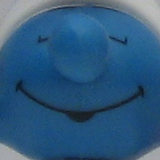
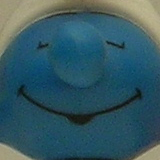
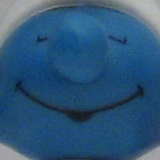
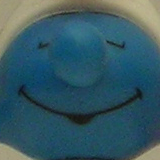
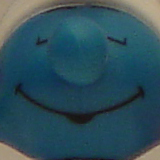
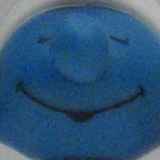
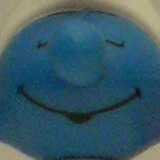

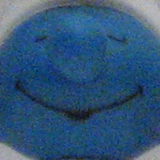
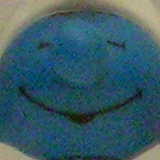
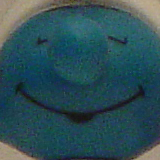








35 Comments
View All Comments
yacoub - Monday, July 18, 2005 - link
Still strikes me as a bit odd for a PC hardware site to be reviewing cameras but that's a pretty decent review. I still prefer the Canon image clarity and quality even though the images are slightly 'cooler' in color.You've also beaten DPReview to a Full Review, so props for that. :)
http://www.dpreview.com/reviews/specs/Canon/
EdvardGrieg - Monday, July 18, 2005 - link
Nice review, but if you're looking at super compact cameras shouldn't including Casio and Pentax be required?Dennis Travis - Monday, July 18, 2005 - link
Great review. Thanks so much. It helped me make a desicion on which 5MP to purchace. Thanks again and keep up the great work.Jedi2155 - Monday, July 18, 2005 - link
I liked my SD300 & S400 till I got my hands on my friends Nikon D70 SLR. Wow. The difference is amazing. The shutter sound is like manly. As well as the focus, is far better. I truly think the 100% price increase is worth it :). canon's SD series is still great though.sprockkets - Monday, July 18, 2005 - link
those canons are niceI first saw how fast they can take pics opposed to my older nikon, I couldn't believe it. Oh well, there is a reason for me to upgrade...